The content of the article
People who often wear white socks have certain difficulties in caring for them. After a certain period of time, the heel and the toe area undergoes mechanical friction, due to which the structure of the material is damaged. After each subsequent socks and improper washing, socks lose their former whiteness, a gray or yellow tint appears. In both cases, there is a need for whitening, which we will talk about today.
Practical tips for caring for white socks
- Never wear white socks with dark insoles or shoes. The listed components begin to molt under the influence of moisture and sweat, and then settle well in the tissue, which greatly complicates the bleaching process.
- White items should be washed immediately after wearing. Otherwise, dust mixed with sweat is eaten into the fabric, which greatly complicates subsequent care.
- If the product has openwork stones, rhinestones, sequins or prints, it is strictly forbidden to use hard bleaches. When aggressive washing compounds come into contact with glue, a chemical reaction occurs. You will not only ruin the once beautiful thing, but also create yellow stains with your own hands.
- It is important to understand that frequent soaking of socks with potent agents damages the structure of the fabric and the shape of the product. This method is suitable for occasional use, in all other cases, follow the rules of care.
- It is not recommended to wear one pair of white socks for more than a day. It is also important to know the peculiarity: if, for example, you put on your socks in the morning and took them off at lunchtime, immediately send the item to the laundry, even if you need to go somewhere in the evening.
- Machine wash should be ordered. Get some special covers for clothes, put there 5 tennis balls with socks and send them to be washed. Friction will allow better removal of dirt and preserve the shape of products. Also, the presence of balls in the machine reduces the powder consumption by several times.
- It is worth remembering forever that socks that have undergone bleaching with harsh chemicals are dried in the shade. Under the action of ultraviolet light on the fabric, pronounced yellow spots appear, which it is impossible to get rid of. Therefore, to prevent consequences, dry things outdoors preferably in the wind.
- Before bleaching socks, you must carefully read the label on the back of the product. Cotton, synthetics, viscose, linen - they all wear out under different conditions. This must be considered in order to choose the best option for whitening.
- Before sending your socks to the washing machine, rub them with bleaching soap and leave for 20 minutes. After the expiration, do not rinse, put in the machine, add the powder and turn on the desired program. Very often after such manipulations there is no need for additional whitening.
- White items are washed separately from colored items. Even if the color refers to completely harmless beige T-shirts or faded blue shorts. Any pigment in other products is transferred to white tissue. Keep this in mind.
How to wash white socks
Ammonia
Pour 2 liters of warm water into a bowl, add 50 ml. ammonia and 100 ml. lemon juice. Place the socks in the solution, cover the basin with cling film, leave for 3-4 hours. At the end of the time, wash your socks with your hands, use gloves. If the gray and yellowness have not disappeared, repeat the procedure.
Baking soda
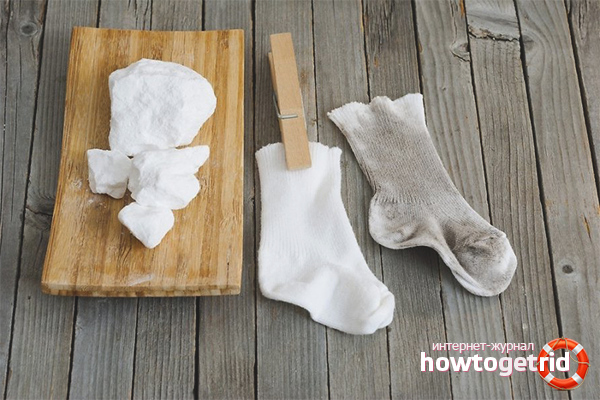
Put the socks in the machine, add the powder in the first compartment, and 180 g in the second. baking soda. Pour fabric softener, set wash cycle for very dirty laundry.After things are washed, take them out and evaluate the result. If necessary, the procedure can be repeated by setting the machine to 30-minute mode.
Glycerin and alcohol
Combine 45 ml in one composition. liquid glycerin and 150 ml. medical alcohol. Soak the socks in the mixture, leave for a quarter of an hour. After the expiration date, wash the products manually, do not rinse, immediately send them to the machine for intensive rinsing. If you are having difficulty purchasing medical alcohol, replace it with vodka, increasing the number of components by half.
Hydrogen peroxide solution
Rub on a coarse grater ¼ of a bar of tar soap, pour the resulting composition into 550 ml. hot water, wait until complete dissolution. Pour in 170 ml. ml of a 6% hydrogen peroxide solution, dip socks into the mixture and leave to soak for 10-20 minutes. After time, put on household gloves, gently wash your socks and place in the machine. Set the temperature to 40 degrees and 30-minute mode.
Gel for dishwashers
Pour 3 liters of water into a basin, add a large amount of powder for hand washing and 50 gr. gel for dishwashers. The tool will enhance the effect of the powder, but there is a possibility of damage to the structure of the tissue. Soak in the composition of socks, put on rubber gloves and rub the product well, leave to soak for half an hour. After that, put the socks in the washing machine, add powder and rinse aid, set the intensive wash cycle.
Table vinegar and glycerin <
Pour 2 liters of water (40 degrees) into a basin, add 60 ml. vinegar with a concentration of at least 9%. Put in the composition of the socks, wrap the bowl with cling film or bag to create a vacuum. Leave on for 40 minutes, wash the product with your hands, and then rinse it in the washing machine.
Lemon
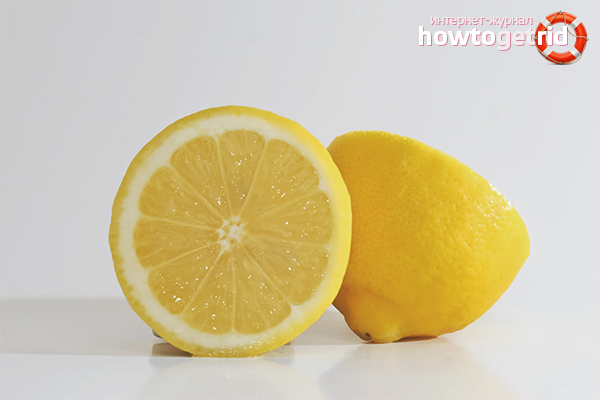
We calculate the components for 2 pairs of socks. Squeeze juice from 4 lemons, dilute it with 1 liter of water and soak socks. Wait at least 5 hours, then rub the item with bleaching gel or tar soap, stretch in a typewriter at 40 degrees.
Boric acid
Get an alcohol solution of boric acid from a pharmacy. Dilute 50 ml. composition in 1 liter of warm water and put in a basin of socks. Wait about 3 hours, then hand wash the product. To maintain the shape and structure of the material, rinse the socks in the machine with the shady balls.
Special tools
Dilute "Domestos" or "Vanish" in warm water, observing a 1: 1 ratio. Soak socks, leave for 1 hour. Put on gloves, drain water and send things to be washed with a machine. Set an intensive cycle and a temperature of 40-50 degrees. You can use the composition in its pure form, then the exposure time must be reduced to 15 minutes (the exact interval was indicated in the instructions). Very often, the use of pure chlorine-containing drugs destroy the structure of the tissue.
Turpentine
Dilute in a bowl with 3 liters of hot water 100 gr. powder for washing machines, add 45 ml. turpentine. Wait until the granules are completely dissolved, pour 35 ml. dishwashing liquid and soak in a solution of socks. Wait at least 3 hours, after the expiration of the wash in the machine.
Laundry soap

Wet your socks with plenty of warm water and rub them well with laundry soap to leave a characteristic brown tint. Put things in a plastic bag, tie them tight so that no air enters there. Wait 10-14 hours, at the end of the time, do a hand wash and put your socks in the machine for half an hour. In a similar way, you can use soap marked "to remove complex contaminants."
Chlorhexidine and ammonia
White
Use chlorine to restore socks to their former whiteness. Pour 2.5 liters of water into the basin, add 125 g. machine washing powder and 30 ml. bleach. Leave for 12-13 hours, after the time has passed put on gloves and wash. Rinse in a machine with plenty of powder and conditioner. Hang dry on the balcony, avoiding exposure to ultraviolet light.
Use white sock care tips to prevent the appearance of a gray or yellow tint. For bleaching, use baking soda, table vinegar, ammonia, laundry soap or harsher products.
Video: how to safely bleach t-shirts and socks

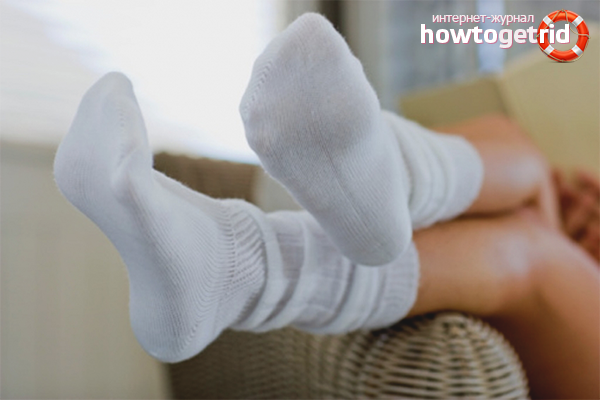
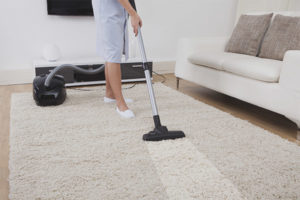

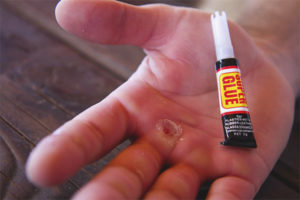

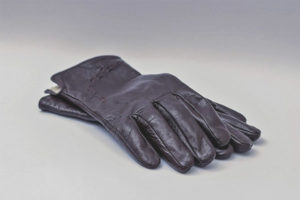

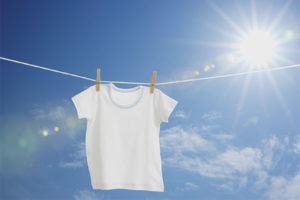
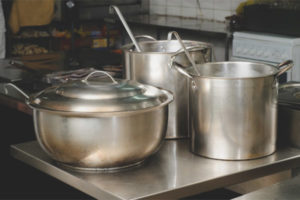
Submit